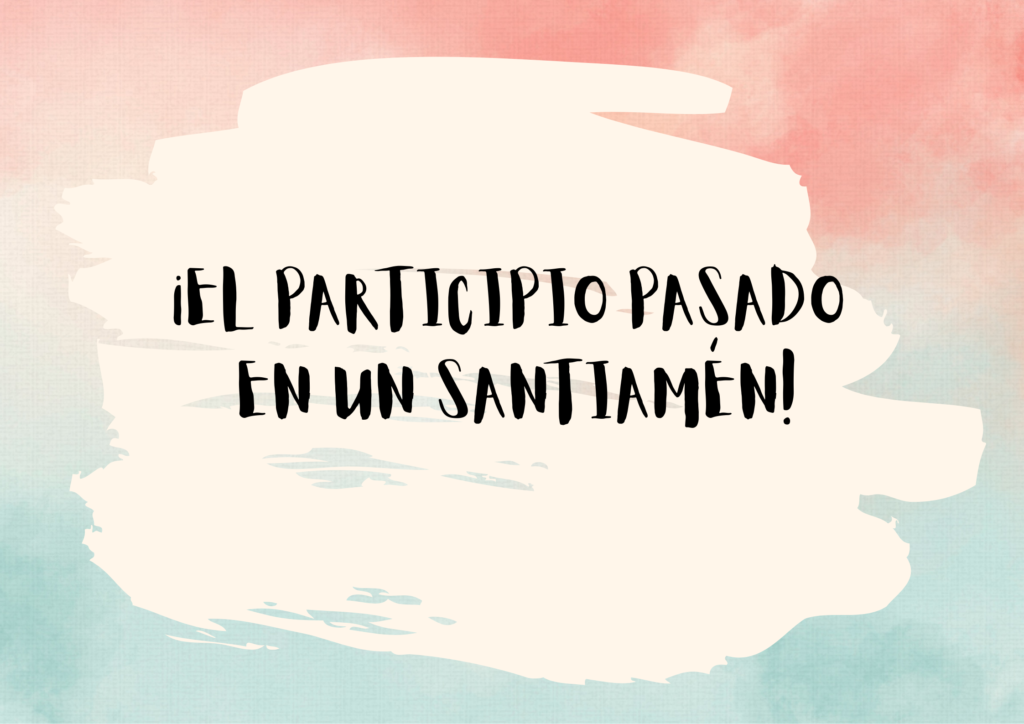
WHAT IS A PAST PARTICIPLE?
The past participle is a verbal form generally used to create compound tenses, like “I have eaten” or “We had spoken“.
In English, it’s typically formed by adding “ed” to the end of the bare infinitive of regular verbs. For example:
root: walk
past participle: walked
I have walked
Irregular verbs are a bit different from regular verbs. They have past participle forms that don’t follow the usual ed pattern. For example:
root: go
past participle: gone
I have gone.
Apart from being used to form verb tenses, past participles can also be used as adjectives (like the broken window) or in the passive voice (like when the window was broken by the kids).
PAST PARTICIPLES IN SPANISH
In Spanish, the past participle works pretty much the same way as in English. With most verbs (including many verbs that are usually irregular), you just need to replace the ending of the verb (ar, er, or ir) with the following endings:
ar verbs: root + ado
er and ir verbs: root + ido
For example:
infinitive: hablar (to speak)
past participle: hablado (spoken)
infinitive: comer (to eat)
past participle: comido (eaten)
infinitive: vivir (to live)
past participle: vivido (lived)
Now, let’s play this game so you can learn how to create regular past participles in a snap. Just click start!
To learn about irregular past participles in Spanish, click here!




